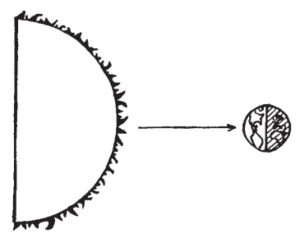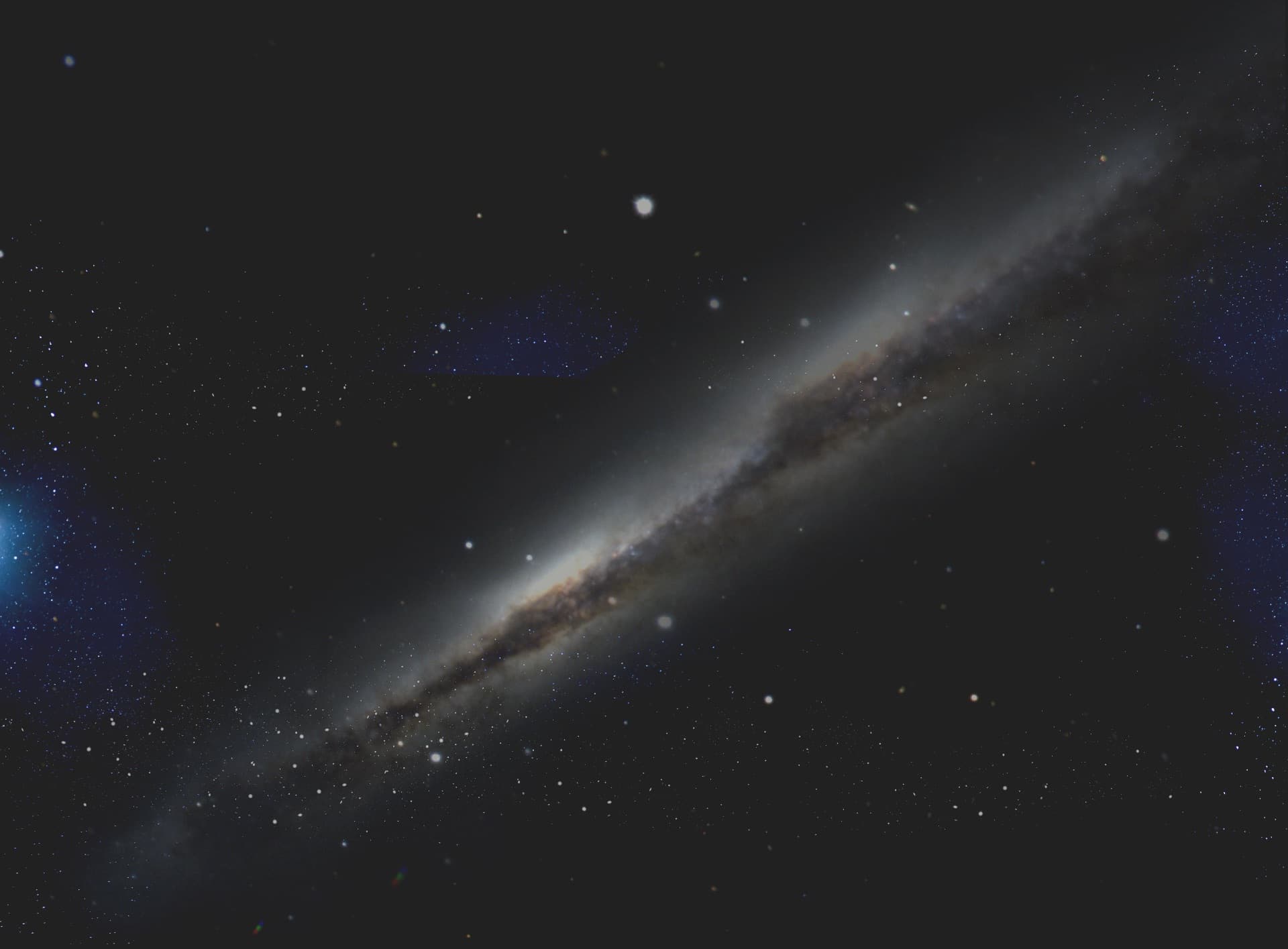 Book chapter (PDF)
Book chapter (PDF)- 9 pages, 7000 words
- Level: all audiences
A book chapter from the 2001 book The Challenges for Science. Education for the Twenty-First Century, published by the Pontifical Academy of Sciences. In this chapter Fr. George Coyne, S. J., Director of the Vatican Observatory from 1978 to 2006, writes:
(1) We should start teaching children from where they are at present, their current knowledge, interests, fears, and so on; (2) all of us humans, those who teach and those who are taught, “have been made in heaven”, it has been said. This refers to the well known need for stellar nucleosynthesis to provide the chemical abundances required for faith-science. It has been indicated that one of principal goals of teaching children should be an awareness of this birth of ours from star dust, if only at an elementary level. I would suggest that the didactic order be reversed and that this awareness should be the beginning point of elementary school education; (3) the aim to develop “scientific literacy” has been a recurrent theme but I have not heard it defined. I propose an elementary definition which suits the purposes of my presentation: To be scientifically literate means to have an understanding of ourselves in the physical universe (the emphasis being on physical, but with the implication that I am speaking of all of the natural sciences: biology, physics chemistry and their derivatives); (4) Much has been made of the distinction between the methodology and the content of teaching. I would like to suggest that these two aspects of elementary school teaching find a unity in an ideology, a guiding theme, a single dominant perspective on ourselves in the physical universe.
Click here to download the chapter from the Pontifical Academy of Sciences.
